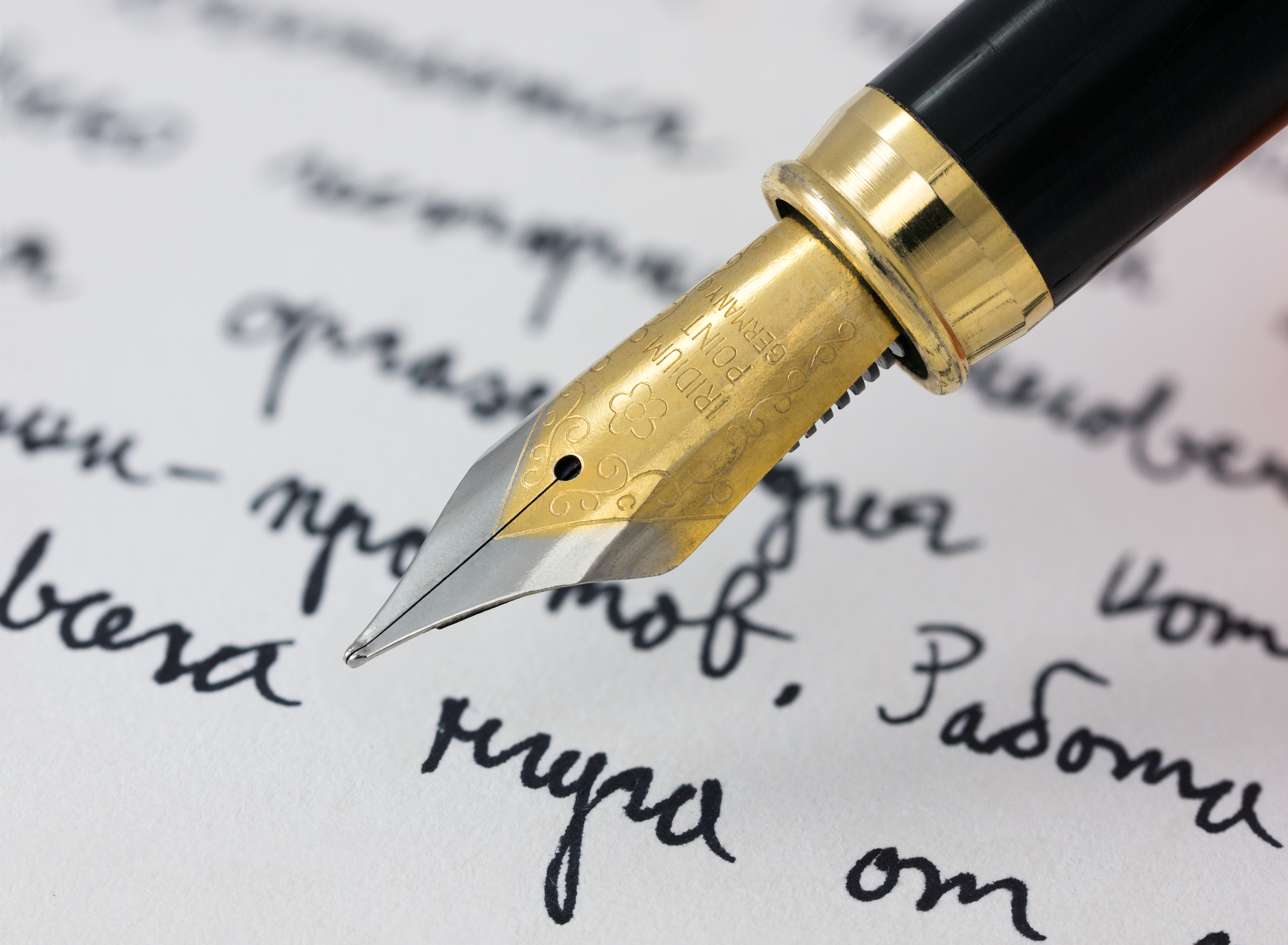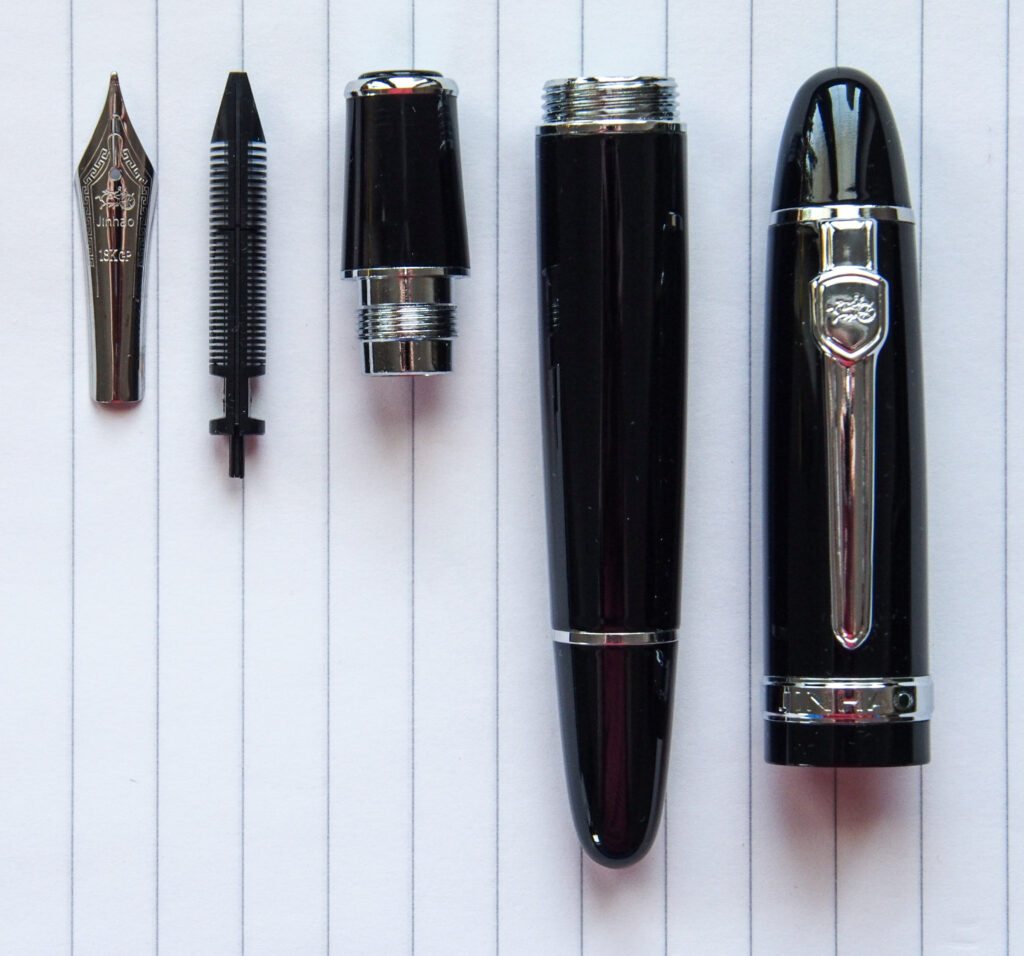Who invented Fountain Pen ?
Mostly persons want to know, what is Fountain Pen ? and who is invented fountain Pen ? Now lets know that- Lewis Edison Waterman created the first useful fountain pen in 1883. The fountain pen was produced as a result of his invention of a pen with an internal ink reservoir. Writing with a fountain pen is particularly beautiful since it is so deeply personal. The strokes and, in fact, the very act of writing itself are shaped by everything from a person’s grip and hand pressure to the nib and contour of the instrument into a singular event that is particular to each person.
Table of Contents
A excellent fountain pen can provide subtle performance details that enhance the experience and raise the art form into high literature in addition to obvious qualities like good ink flow and a beautiful exterior. In 19th Century, most of the students were used fountain pen for improving writing skills. Really word were written using fountain pen was very beautiful.
Despite many predictions to the contrary, fountain pens are seeing a rebirth as a result of the development and subsequent dominance of digital communication. Nationwide, fountain pen clubs are forming, and Numerous young individuals are joining the ranks of enthusiasts.
There is something comforting about having a work of art that can hold the attention of both grandparents and grandchildren in this fast-paced world.

What is Fountain Pen ?
A fountain pen is a writing tool that applies water-based ink on paper using a metal nib. It differs from earlier dip pens by employing an internal reservoir to store ink, which eliminates the need to constantly dip the pen in an inkwell while using it.
Gravity and capillary action work together to deposit the ink on the paper when the pen draws it from the reservoir through a feed to the nib. The ink reservoir can be filled manually, using an eyedropper or syringe, or with the use of an internal mechanism that provides suction (for instance, by a piston mechanism) or a vacuum to transport ink straight through the nib into the reservoir. detachable reservoirs are used in several pens.

Life of Fountain Pen
Your fountain pen will last a long time if you take good care of it. Purchasing your first expensive fountain pen may seem intimidating. With the knowledge we’ve gathered from being the first multi-brand retailer to provide consumers in India with quality writing instruments, we’ve put together a list of factors that will assist you in learning how to choose a fountain pen.
5 Parts of Fountain Pen

Size of Fountain Pen Nib
Sizes of Fountain Pen Nibs: The width of the ink stroke depends on the size of the tip. Although there are several sizes available, most nibs fall into the extra-fine to broad category. Most novices will benefit from a medium nib. The nib may be shaped or rounded. No matter which way you write, a rounded nib will produce a stroke that is the same width. When using a shaped-nib, the stroke-width will vary based on the stroke’s direction. The Italic cut is the most typical style of shaped-nib. It creates thin vertical lines and thick horizontal lines.

All brands have different nib sizes. Some manufacturers, like Sailor, provide a staggering variety of nibs made for different kinds of writing. The charts below show the typical range of Sailor nibs as well as some of its more unusual nibs.
Quality of Pen
Only the ink of a fountain pen can truly make it good. The process of filling the pen with beautiful ink and watching it swirl onto the page with each stroke of the pen does, in fact, contribute significantly to the romance of writing with a fountain pen.
The fact that bottled ink is more environmentally friendly than disposable cartridges is one of its main advantages. They often contain far more ink than a single cartridge and are composed of glass rather than disposable single-use plastic. Additionally, they provide a considerably wider variety of colors than cartridges provide.
Fountain pen ink comes in two primary varieties: dye-based and pigment-based.
Small, water-soluble colorant particles that are completely dissolved in a liquid solution are used in dye-based ink.
Based on Dyes : Bright color comes in a variety of colors using water Non-waterproof Longer periods of time may be spent in the pen. simple to maintain The solid pigment powder particles suspended in pigment-based inks are responsible for transferring color. It is crucial to routinely clean your pen when using this kind of ink since it contains huge, insoluble particles that could clog the nib feeder of a fountain pen.
Pigment-based ink:
less lively has fewer color variations includes deeper colors For a long time suitable for dip pens has more complicated maintenance needs
The majority of well-known manufacturers of fine writing instruments produce fountain pen inks that may be safely used with both their own products and pens from other manufacturers. They even release limited-edition inks to go with specific collections or to commemorate important occasions and anniversaries.
If any reader have any query and suggestion, Please drop a email….Jdgaur@gaurblogs.com
